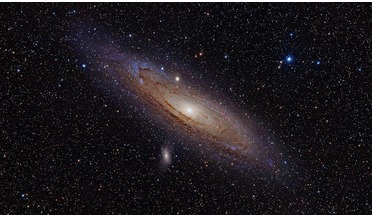 16 February 2018
New study shows Andromeda is not that big after all
16 February 2018
New study shows Andromeda is not that big after all
... and that is contains far less dark matter than previously estimated. Also known as Messier 31 or M31, the Andromeda galaxy is approximately 780 kiloparsecs (2.5 million light years) from Earth, spans approximately 220,000 light years and...
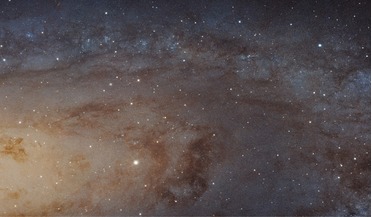 October 2016
The dwarf galaxy problem
October 2016
The dwarf galaxy problem
... than those of previous surveys. Figure 2b - An image showing the Andromeda galaxy. The visible dwarf galaxies are circled in red. Compared to the simulated galaxy far fewer dwarf galaxies can be seen. To ascertain whether the clouds we found were...
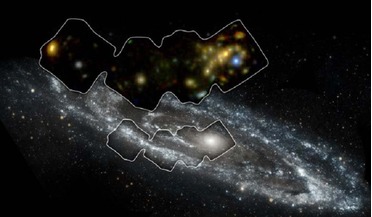 06 January 2016
High-Energy X-rays show Andromeda Galaxy in a different light
06 January 2016
High-Energy X-rays show Andromeda Galaxy in a different light
... heated to extremely high temperatures, releasing a huge amount of X-rays in the process. The Andromeda Galaxy in ultraviolet light taken by NASA's Galaxy Evolution Explorer and the swath of sky captured by NuSTAR. Image credit: NASA/JPL-Caltech/GSFC...
 08 April 2020
First-ever photo proof of powerful jet emerging from colliding galaxies
08 April 2020
First-ever photo proof of powerful jet emerging from colliding galaxies
... "TXS 2116-077: A gamma-ray emitting relativistic jet hosted in a galaxy merger." In addition to Paliya, who is now at the Deutsches Elektronen ... Milky Way will merge with the nearby Andromeda galaxy. "Scientists have carried out detailed numerical ...
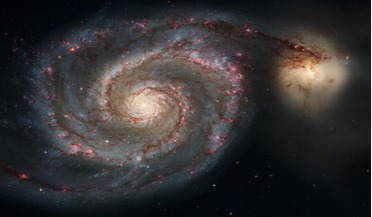 04 January 2019
Merger with the LMC spells doom for our Solar System
04 January 2019
Merger with the LMC spells doom for our Solar System
... Cloud with the Milky Way will wreak havoc with our galaxy, said lead author Dr Marius Cautun, a postdoctoral fellow ...Way. For example, our nearest neighbour, the Andromeda galaxy, devoured galaxies weighing nearly 30 times more than those consumed ...
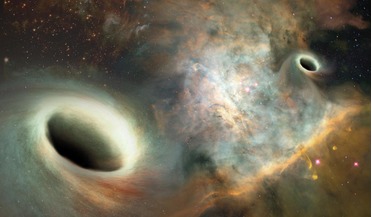 28 June 2017
The existence of orbiting supermassive black holes finally confirmed
28 June 2017
The existence of orbiting supermassive black holes finally confirmed
...or 15 billion solar masses spiralling around one another in a galaxy known as 0402+379. Their results show that the sheer ...going – including our own. Our nearest largest neighbour the Andromeda galaxy, is predicted to collide with the Milky Way in ...